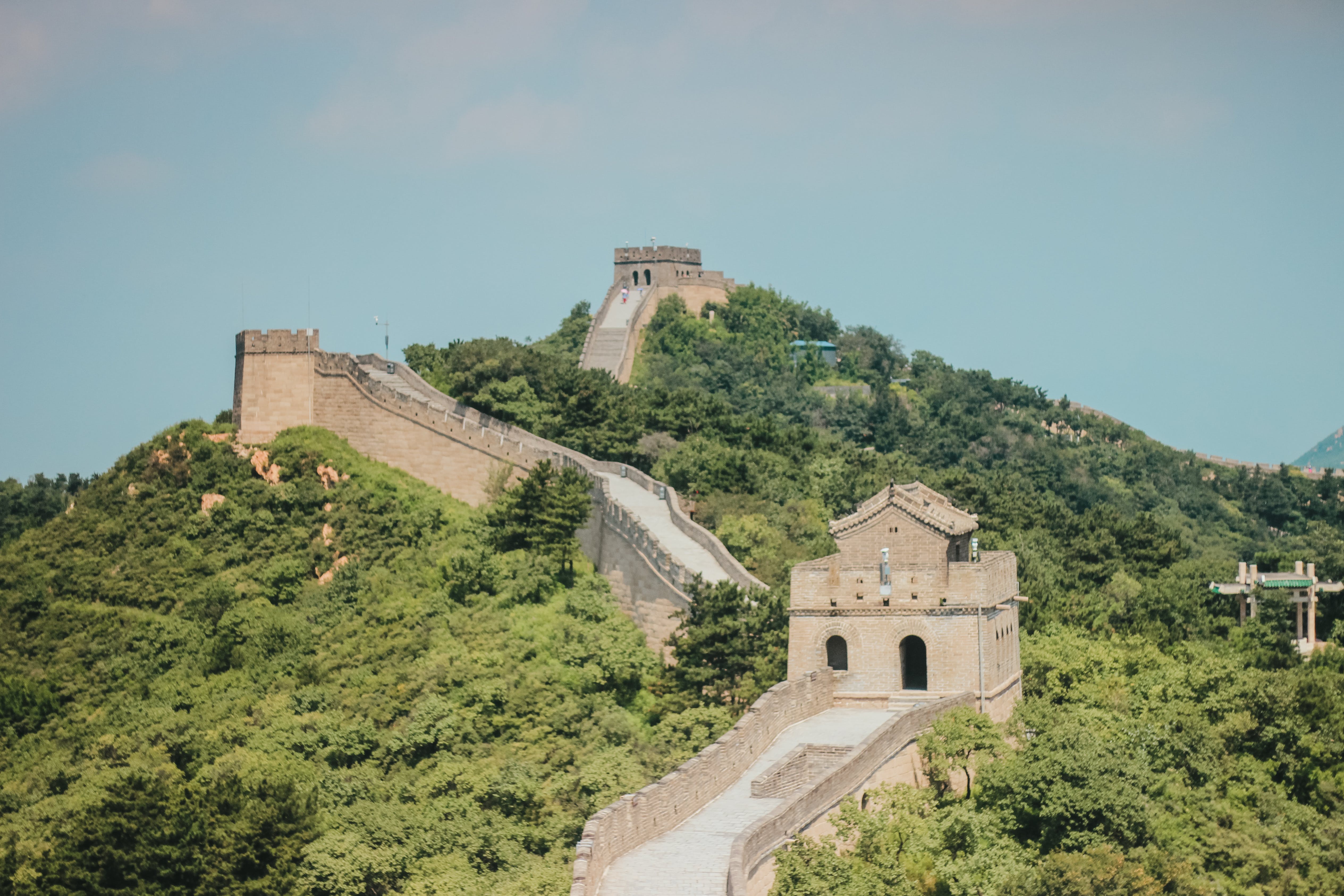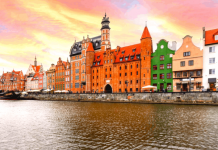When we think of the most interesting sights to explore in the whole world, the Great Wall of China is right up there. But surrounding it are mixed tales and myths as old as the structure.
This wall, which spans 15 provinces/regions, is an incredible man-made structure situated exclusively in northern China. Each year, over 10 million people visit the structure in Asia to see how impressive it really is.
Since its completion over 2,500 years ago, various myths and legends have been stirred about the wall. Listed here are some myths and truths about the Great Wall of China and the truths behind them.

It Can Be Seen from the Moon
It was the American illustrator Robert Ripley who got rich with his Believe It Or Not! cartoon feature. He referred to the Great Wall as “the mightiest work of man – the only one that would be visible to the human eye from the moon.”
Of course, this claim was based on no proof at all. The moon is 384,400 kilometers from Earth, and for quite some time following Ripley’s 1949 death, space travel did not become a possibility.
Even the distinguished Sinologist Joseph Needham, the Science and Civilization in China’s author, wrote that “the Wall has been considered the only work of man which could be picked out by Martian astronomers”.
Thus, after craning their necks, though being able to see continents and seas, astronauts, including China’s official “space hero” Yang Liwei, were unable to discern a wavy line of piled-up rocks from space.
It Was Built to Keep the Mongols Out
China didn’t construct the wall to keep the Mongols out as popularly believed. About 500-700 B.C, the oldest walls were constructed to defend themselves from nomadic northern tribes.
The danger then came from the Xiongnu, who may have been the Huns’ ancestors. It was only at the end of the 14th century when the Ming chased the Mongols out of China when the classic conflict with the Mongols took place.
It wasn’t until the 11th century A.D. that the Mongols came to power and started to conquer China in the 13th century. This ended up with 100 years of Mongol rule.
The Wall Is a Single Wall
The Wall is not singular but plural. It is made up of parts, and very few of them look like the beautiful formation tourists go to. It is a series of 20,000 kilometers of walls.
The wall starts at Shanhaiguan in Hebei province in the east and ends at Jiayuguan in Gansu province in the west. Tame parts give way to wild animals and crumbling, dilapidated, walker-barred parts.
The wild parts disappear into gaps formed by roads and reservoirs. The Wall doubles, triples, or even quadruples itself in certain locations. And in time, all of these sections cross each other.
There are ancient provisions in the parts you see around Beijing, some of which pass directly underneath the Wall. And compared to other walls of the world, which extend westward in parallel lines and dispersed segments, these fragmented sections were nothing.

It’s Called the Great Wall
Folklore has it that during his 1972 visit, another American, President Richard Nixon, reportedly lost for words, proclaimed that he thought the Great Wall was definitely a great wall.
Some English-language guide books call the architecture something else, and it’s an iconic word that needs no clarity, like the Eiffel Tower or the Empire State Building.
It’s not named the Great Wall, at least not by the 1.3 billion-plus Chinese, except for a handful of tour guides.
Most call it Chang Cheng, which can also be translated as Long City or Long Wall. It is called the Ten Thousand Mile Long Wall in some documents. Chinese poets refer to it as The Purple Wall or to The Earth Dragon.
Conclusion
The Great Wall of China is one of the most awe-sinspiring man-made treasures in the world. It is listed on the Seven Wonders of the World rankings, but the above information most people outside of China don’t know.
The wall that threads through the countryside of China is associated with many strange tales. But the fact that the myths make this incredible feat of civilization more fascinating is likely why people continue to tell them.































